- Home
- About Us
- Contact Us
- Site Map
- Affiliate Disclosure
- Privacy Policy
- Terms And Conditions
- Best Drone For Beginners 2021 : Top Beginner Drones
- Best Drones 2022 For Beginners : Top Beginner Drone
- Best Drones For Under 100 Dollars That Are Top Easy To Fly
- Best Cheap Drone For Photography : Camera Drones Budget
- What Is The Best Drone For 2022 And How Fast They Go
- Best Drone In The World To Use For Your First Time
- Best Drones 2022 With Camera : Which One Is The Best Drone
- Mavic Drone : The Most Marvelous Epic Controlled Flight System
- Drone Pilot License : The Best Way To Show Off Your Flight Skill
- Sky Rider Drone: Wi-fi Quadcopter With Foldable Black Camera
- Drone For Kids : The Best Toy To Focus On STEM Technology
- Propel Drone HD Camera Quadcopter And Star Wars
- Mini Drone With Camera : What Is The Best One And Why It Is Good
- Drones Dji : The Most Popular Consumer Drone On The Market Today
- Long Range Drone : How Far Can It Go And At What Rate Of Speed
- Micro Drone : The Smallest Toy With The Biggest Flight Fun
- Flying Spinner Mini Drone : The Best Flying Machine For Home Use
- Drones That Follow You : Is This An Invasion of Privacy or Not ?
- Drone Vivitar : A Magnificent Piece Of Equipment To Learn To Fly
- Drone Repair Near Me : Where Can I Find Reliable Parts And Stuff
- Drone Photography Near Me That Can Capture The Scenic View
- Drone Quadcopter : The Best Aerial Fly Machine That You Can Own
- Drone Light Show : A Spectacular Array Of Lights, Camera, Action
- Drone Holy Stone : The Most Quality Flying Device Anyone Can Use
- Sky Quad Drone Reviews Is It A Scam Or Legit Revealed
- Drone Fishing : When A Man Has A Rod, Boat, And Nothing But Time
- Faa Drone Registration : Feel Free To Fly But Follow The Rules
- Remote Control Drone : RC Drones With Fpv Controllers
- Hand Controlled Drone : Guiding Your Flight At Your Finger Tips
- Best Video Drones For Beginners | Features A Beginner Drone
- The Best Drone To Buy : Drones 2023 For Beginners
- Dgi Drone
- Best Drone For Night Photography
- Best Drone For The Money
- Best Drone For Teenager
- Best Drone For Under 200
- Best Drone For Under 500
- Best Drone For Video
- Best Drone In The Market
- Best Drone Under 1000
- Best Drones For Travel
- Bird Drone
- Black Hornet Drone
- Deerc Drone
- DJI Drones For Sale
- Best Beginner Drone With Camera : Are You New To Flying
- Best Beginner Drone For Me And How Much Will It Cost
- Battery For A Drone : Benefits, Advantages, And Features
- Best Camera Drone For Professional And Entertainment Purposes
- Best Cheap Drone In The Market That Will Not Cost An Arm and Leg
- Dji Fpv Drone
- Dji Mavic 3 Drone
- Drone Dj
- Best Drone Camera For First Time Users And Experienced Users
- What Are The Best Drones For Video Drone Camera
Drone Hand Control : Imagination Of Flight In Your Grips
Typically refers to the use of palm gestures or hand-held devices to flight and operation of a drone. It allows users to interact with the drone in a more intuitive and immersive way, without relying solely on traditional remote standard.
There are different methods and technologies used including:
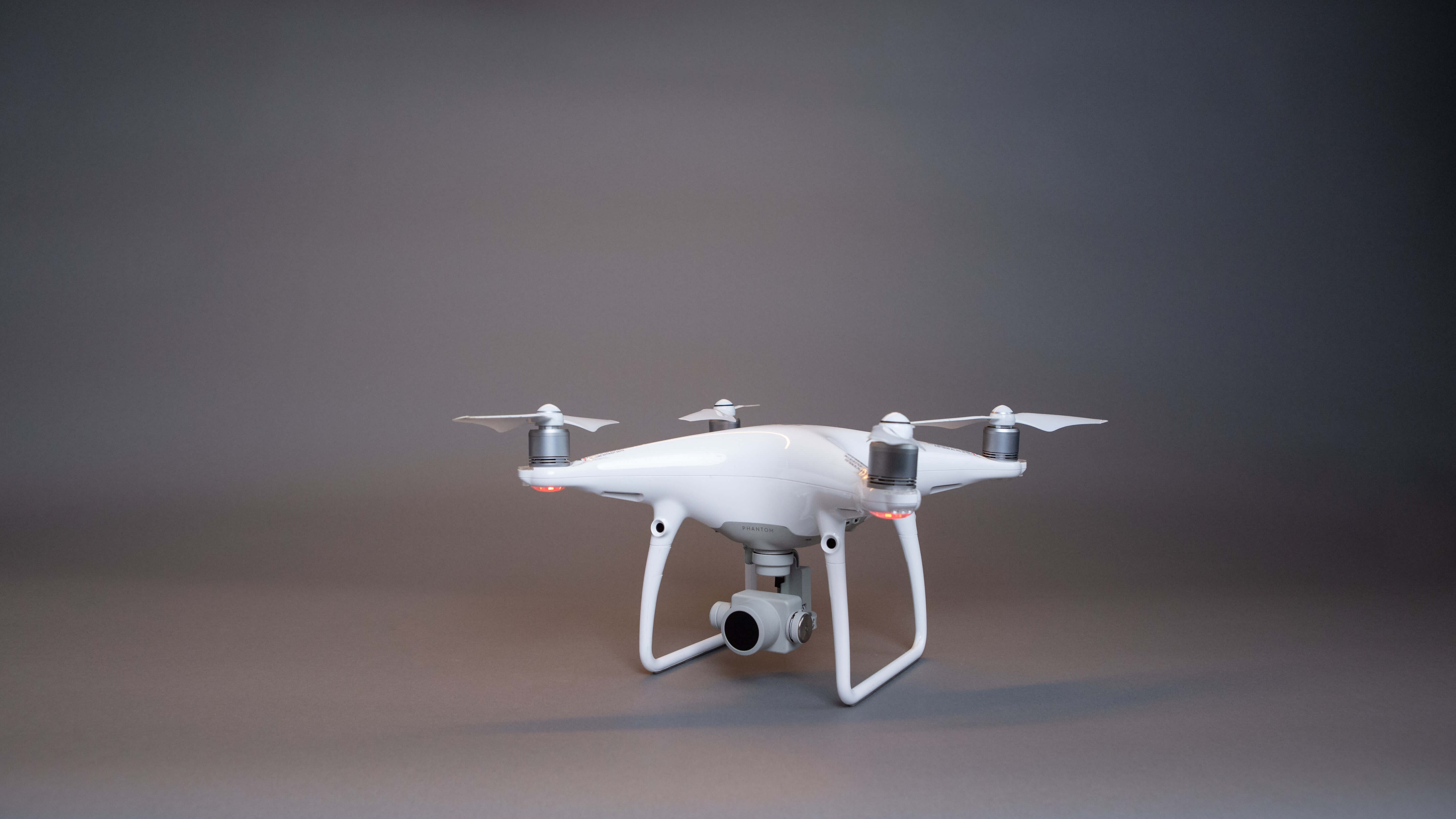
- Gestures: Some drones are equipped with onboard cameras and sensors that can recognize specific palm gestures as commands. By making certain palm movements or gestures, you can standard the drone's movements and perform various functions. For example, you can use palm gestures to make the drone take off, land, move forward, backward, or capture photos and videos.
2. Wearable devices: Another approach involves using wearable devices such as smart gloves or wristbands. These devices are equipped with sensors that detect the movements and positions of your hands.
By moving your hands or fingers in specific ways, you can send commands to the drone and standard its flight. Wearable devices can offer more precise standard over the drone's movements compared to palm gestures alone.
3. Hand-held standard: In addition to traditional remote standard, there are specialized hand-held devices designed specifically for drone standard.
These standards are usually compact and ergonomic, allowing you to hold them in one palm while manipulating the drone's flight with the other. They may feature joysticks, buttons, and touch-sensitive surfaces to provide precise standard over the drone's movements.

It's important to note that the availability and functionality of may vary depending on the specific drone model and manufacturer.
Some drones come with built-in palm standard capabilities, while others may require additional accessories or software updates to enable this feature.
It's recommended to consult the drone's user manual or manufacturer's documentation to understand the specific palm standard options available for your drone.
Drone Hand Control : What Is The Price Of Palm Standard Drone ?
The price of a palm drone can vary significantly depending on several factors, including the brand, model, features, and overall quality of the drone.
Generally, drones tend to be more advanced and often fall into the mid-to-high price range compared to basic remote-standard drones.
Here is a breakdown of the approximate price ranges for palm standard drones:

1. Entry-level palm standard drones: These are usually smaller drones designed for beginners or recreational users. They may offer basic palm standard capabilities along with traditional remote standard options. Prices for entry-level palm standard drones can range from $50 to $200.
2. Mid-range palm standard drones: These drones typically offer more advanced features, better flight stability, and enhanced palm standard capabilities.
They often have built-in cameras or support for attaching a camera for aerial photography or videography. Prices for mid-range palm standard drones can range from $200 to $800.
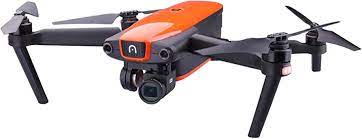
3. High-end palm standard drones: These are premium drones that come with top-of-the-line features, advanced flight standard systems, professional-grade cameras, longer flight times, and more robust palm standard options.
High-end palm standard drones are typically used by professionals or enthusiasts who require exceptional performance and quality. Prices for high-end palm standard drones can range from $800 to several thousand dollars.
It's important to note that these price ranges are approximate and can vary based on various factors. Additionally, prices may change over time as new models are released and technology advances.
It's always a good idea to research specific drone models and compare prices from different retailers to get the most up-to-date and accurate pricing information.
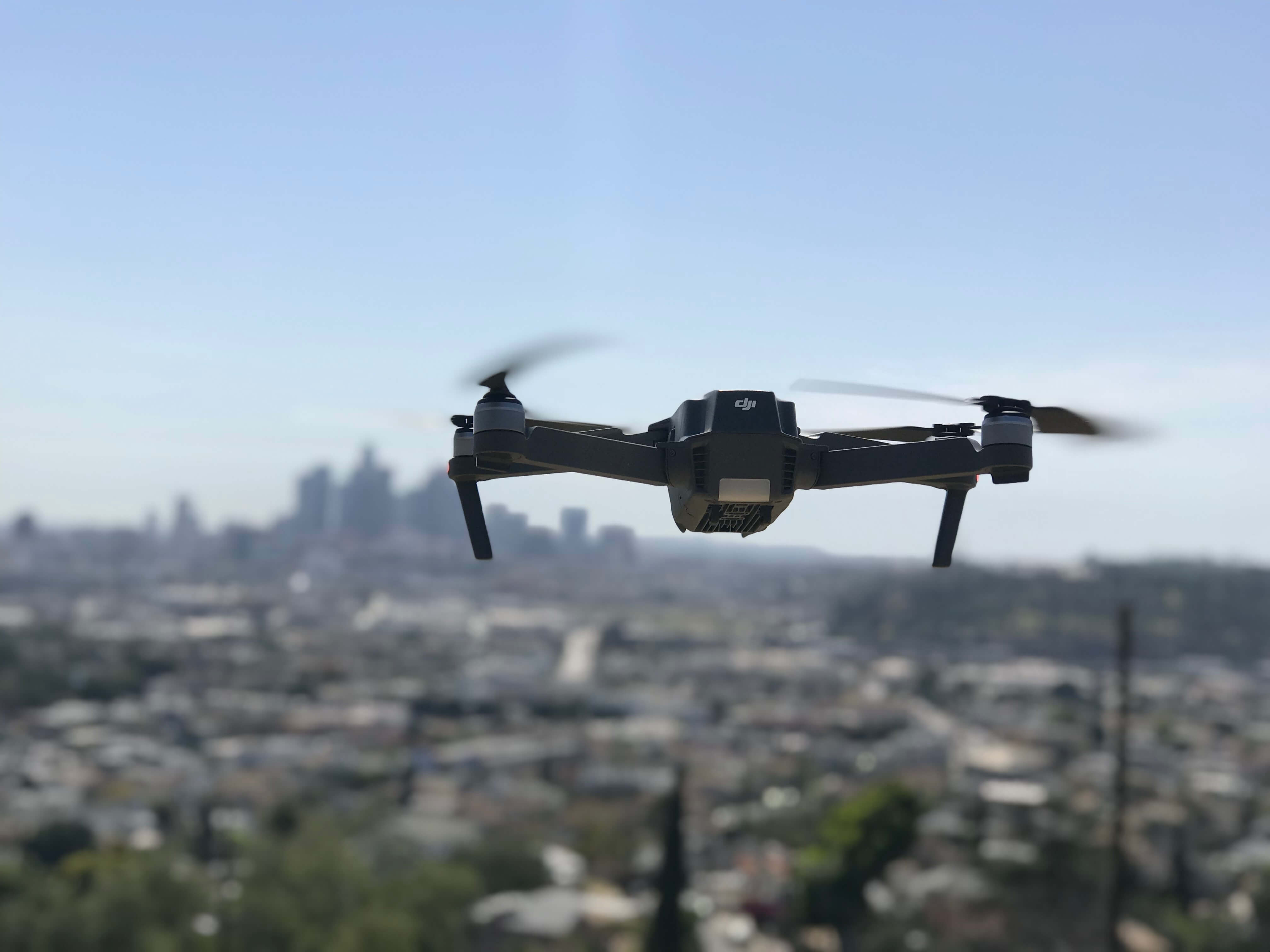
What Is Palm Gesture Drone ?
A palm gesture drone, also known as a gesture-standard drone, is a type of unmanned aerial vehicle (UAV) that can be standard using palm gestures or movements. Instead of relying on traditional remote standard or joysticks, these drones utilize onboard cameras and sensors to interpret and respond to specific palm gestures as commands.
The technology behind palm gesture drones involves computer vision and motion tracking algorithms. The onboard cameras capture the visual information of the surrounding environment and analyze the palmmovements of the user in real-time. The drone's software then interprets these gestures and translates them into flight commands or specific actions.
Here are some key aspects of palm gesture drones:
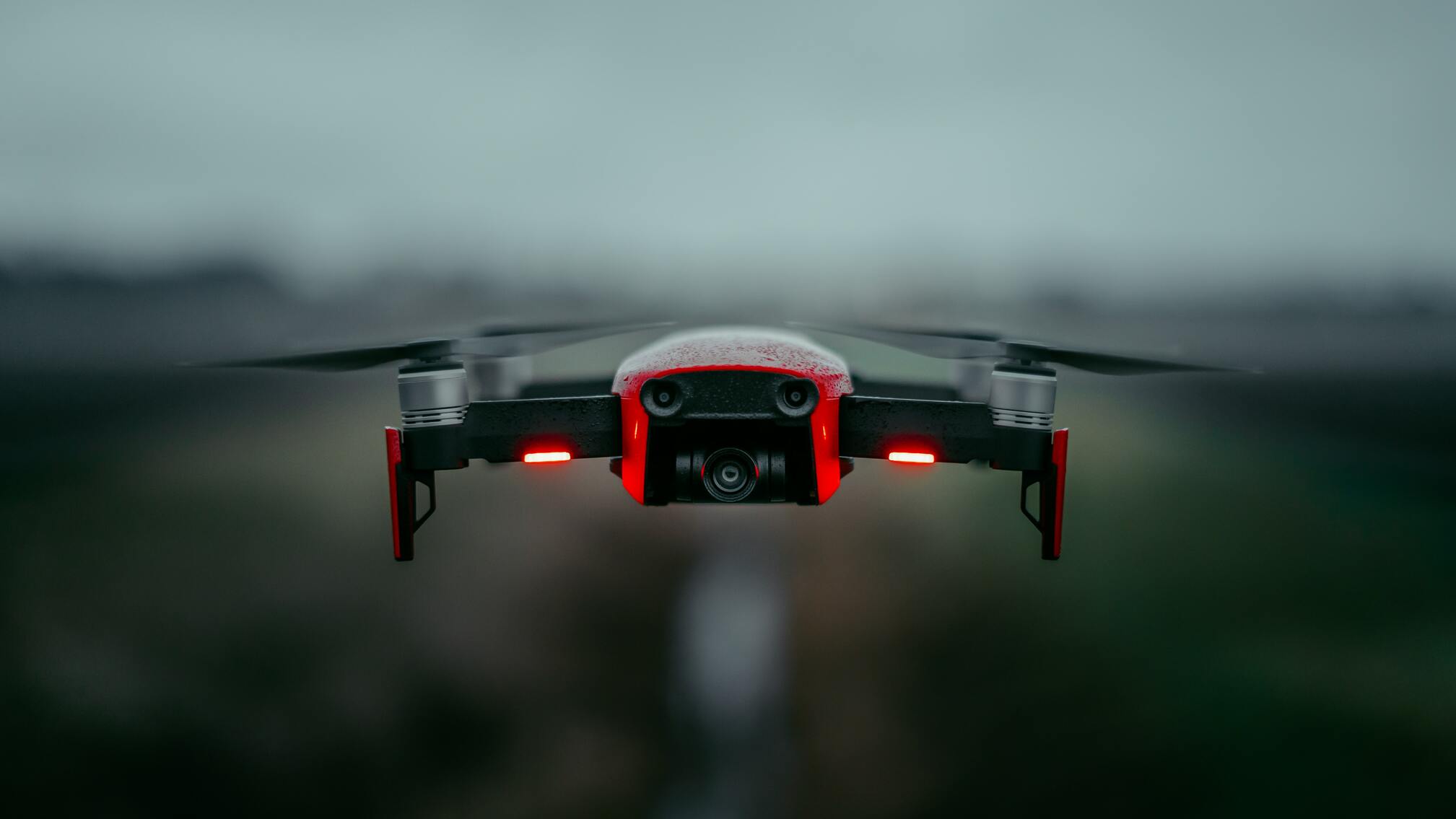
1. Standard Mechanism: palm gesture drones allow users to standard the drone's flight and perform various functions using predefined palm gestures. These gestures are typically recognized by the onboard camera and sensor system, which is trained to identify specific patterns or movements.
2. Intuitive Interaction: palm gesture standard offers an intuitive and natural way to interact with the drone. Users can make gestures with their hands or fingers to command the drone to perform actions such as takeoff, landing, moving in different directions, rotating, or even capturing photos and videos.

3. Limited Gesture Set: palm gesture drones usually come with a predefined set of gestures that are recognized by the onboard system. These gestures are designed to be easily distinguishable and can vary depending on the drone model and manufacturer. Users need to learn and familiarize themselves with the specific gestures supported by their drone.
4. Range and Accuracy: The range and accuracy of palm gesture standard can vary among different drones. Some drones require close proximity and clear line-of-sight between the user and the drone for accurate gesture recognition, while others can operate over longer distances. It's essential to understand the limitations of the specific palm gesture drone you are using.

5. Supplementary Standard Methods: palm gesture standard is often provided as an additional standard option alongside traditional remote standard or smartphone apps. This allows users to switch between standard methods based on their preference or the specific situation.
Palm gesture drones offer an immersive and interactive way to standard drones, making them particularly popular among beginners, recreational users, and those looking for a unique flying experience. However, it's important to note that palm gesture standard may not provide the same level of precision and fine-tuned standard as traditional remote standard, especially for complex maneuvers or professional applications.

Is There A Drone That Can Hold A Person ?
Yes, there are drones specifically designed to carry and transport human passengers. These are commonly known as passenger drones, flying taxis, or autonomous aerial vehicles (AAVs).
These drones are designed to provide vertical takeoff and landing (VTOL) capabilities and are being developed as a potential mode of transportation in urban areas.
Here are some key points about drones that can hold a person:
1. Design and Structure: Passenger drones are typically larger and more robust than consumer drones. They feature a multi-rotor design with multiple propellers to provide vertical lift and stability. The drones are built to accommodate a passenger or a small number of passengers and are equipped with a seating area, safety features, and standard systems.

2. Electric Propulsion: Most passenger drones use electric propulsion systems, which provide a quieter and more environmentally friendly operation compared to traditional combustion engines. Electric motors power the propellers, enabling the drone to achieve vertical takeoff and standard flight.
3. Autonomous Capabilities: Passenger drones often incorporate autonomous flight systems, including advanced sensors, GPS navigation, and obstacle avoidance technology. These systems help ensure safe and reliable operation, as well as enable automated takeoff, landing, and navigation.

4. Range and Flight Time: The range and flight time of passenger drones can vary depending on the specific model and design. Some drones are designed for short-distance urban commuting, while others are being developed for longer intercity trips.
Currently, the flight time of passenger drones is typically limited to around 20-30 minutes, but ongoing advancements in battery technology aim to extend this in the future.
5. Regulations and Certification: As with any new technology, the operation of passenger drones is subject to regulations and certifications imposed by aviation authorities. Governments and regulatory bodies are working to establish guidelines and safety standards for passenger drones to ensure their safe integration into urban airspace.

It's important to note that while passenger drones are being developed and tested, they are not yet widely available for commercial use. However, numerous companies and startups are actively working on developing and refining this technology, with the aim of revolutionizing urban transportation in the future.
How Do Palm Operated Drones Work ?
Hand-operated drones, also known as hand-standard drones or gesture-standard drones, allow users to standard the drone's flight and perform various functions using palm gestures or movements.
These drones utilize onboard cameras, sensors, and software algorithms to interpret and respond to specific palm gestures as commands. Here's a detailed breakdown of how palm-operated drones work:
1. Sensors and Cameras: Palm-operated drones are equipped with cameras and sensors that capture visual information of the surroundings and the user's palm movements. These sensors can include depth sensors, infrared sensors, or RGB cameras. They help the drone detect and track the user's palm gestures accurately.
2. Gesture Recognition: The captured visual data is processed by onboard software algorithms that analyze and recognize specific palm gestures. These algorithms use computer vision techniques, machine learning, and pattern recognition to identify predefined palm gestures from the captured images or video stream.

3. Command Translation: Once the palm gestures are recognized, the drone's software translates the gestures into corresponding flight commands or actions. For example, a specific palm gesture might be interpreted as a command to take off, land, move forward, rotate, or perform a specific aerial maneuver.
4. Flight Standard: After the palm gestures are translated into commands, the drone's flight standard system responds accordingly. It adjusts the motor speeds and propeller directions to achieve the desired flight maneuvers based on the received commands. The flight standard system ensures stability, standard, and responsiveness of the drone during flight.

5. Feedback and Response: palm-operated drones often provide visual or auditory feedback to the user to indicate that the command has been recognized and executed. This feedback can be in the form of LED lights, sounds, or other visual indicators on the drone itself.
It's important to note that palm-operated drones may have limitations in terms of range, accuracy, and supported gestures. The recognition and response capabilities of the drones depend on the sophistication of the onboard sensors, algorithms, and the specific gestures supported by the drone model.
Users need to learn and familiarize themselves with the supported gestures to effectively standard the drone.

Additionally, external factors such as lighting conditions, obstacles, or complex environments can affect the accuracy and reliability of hand-operated drones.
It's recommended to refer to the specific drone's user manual or manufacturer's documentation to understand the supported gestures and any operational considerations for optimal performance.
How Much Does 1 Switchblade Drone Cost ?
The price of a Switchblade drone can vary depending on the specific model, configuration, and where you purchase it. However, as of my knowledge cutoff in September 2021, there is limited information available on consumer pricing for the Switchblade drone, as it is primarily used by military and defense organizations.
The Switchblade drone, developed by AeroVironment, is a tactical loitering munition that combines the capabilities of a drone and a missile. It is designed for rapid deployment and is often used for surveillance, reconnaissance, and precision strike missions.
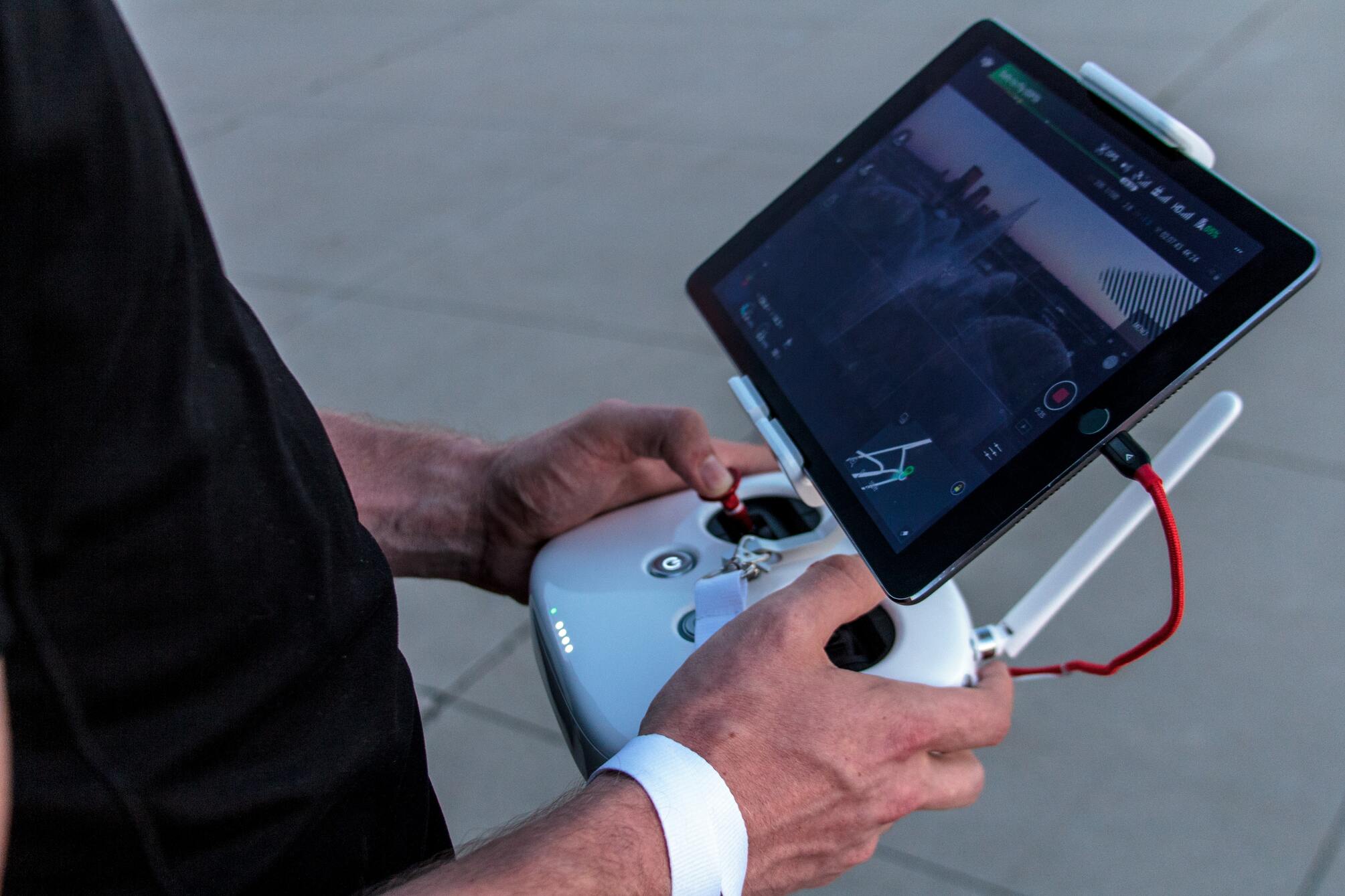
The cost of a single Switchblade drone system can be significant due to its advanced technology, military-grade features, and specialized capabilities.
It's important to note that pricing information for military-grade equipment is typically not publicly available, and the purchase and use of such systems are generally restricted to authorized organizations and government entities.
For detailed and up-to-date pricing information on the Switchblade drone, it is advisable to contact AeroVironment or their authorized distributors or dealers. They will be able to provide you with accurate pricing based on your specific requirements and intended use.

How Much Does A Civilian Drone Cost ?
The cost of a civilian drone can vary significantly based on several factors, including the brand, model, features, and overall quality of the drone. Civilian drones, also known as consumer drones, are designed for personal and recreational use, aerial photography, videography, and other non-commercial applications. Here is a breakdown of the approximate price ranges for civilian drones:
1. Entry-level consumer drones: These drones are usually small in size and come with basic features. They are designed for beginners or casual users who want to experience flying a drone without breaking the bank. Prices for entry-level consumer drones typically range from $50 to $300.
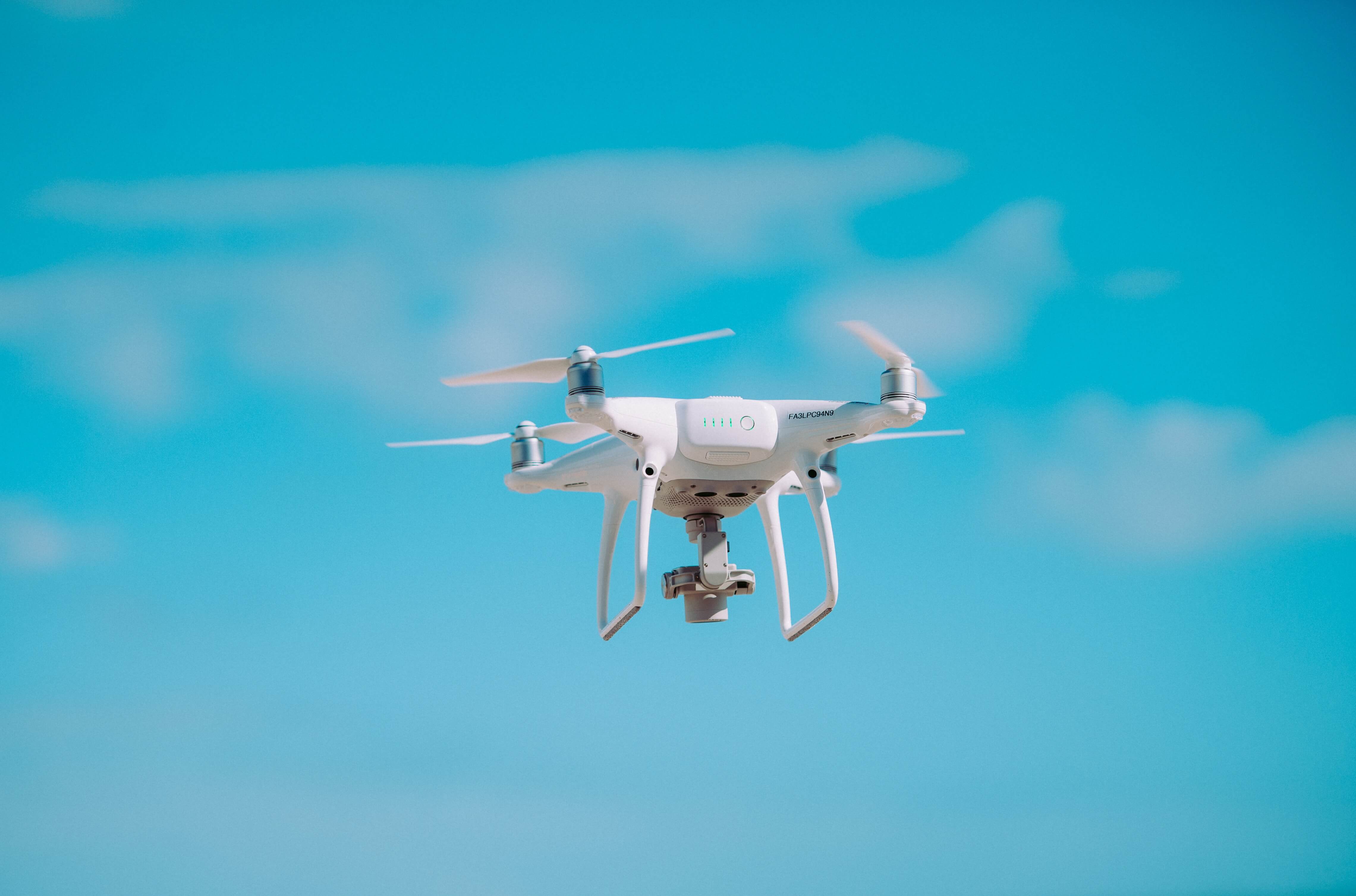
2. Mid-range consumer drones: These drones offer a balance between affordability and advanced features. They often have built-in cameras or the ability to mount a camera, improved flight stability, and more standard options. Prices for mid-range consumer drones can range from $300 to $1000.
3. High-end consumer/prosumer drones: These drones are equipped with professional-grade cameras, advanced flight standard systems, longer flight times, and additional features for capturing high-quality aerial photography and videography. They often offer better image stabilization, higher-resolution cameras, and more precise standard options. Prices for high-end consumer drones can range from $1000 to $3000 or more.

It's important to note that the prices mentioned above are approximate and can vary based on the specific brand, model, and features of the drone. Additionally, there are often different versions or packages available for each drone model, which can impact the pricing.
Furthermore, it's worth considering additional costs such as spare batteries, propellers, memory cards, carrying cases, and other accessories that may be necessary or desirable for a better drone experience.
It's recommended to research and compare different drone models, read reviews, and consider your specific needs and budget when making a purchasing decision.
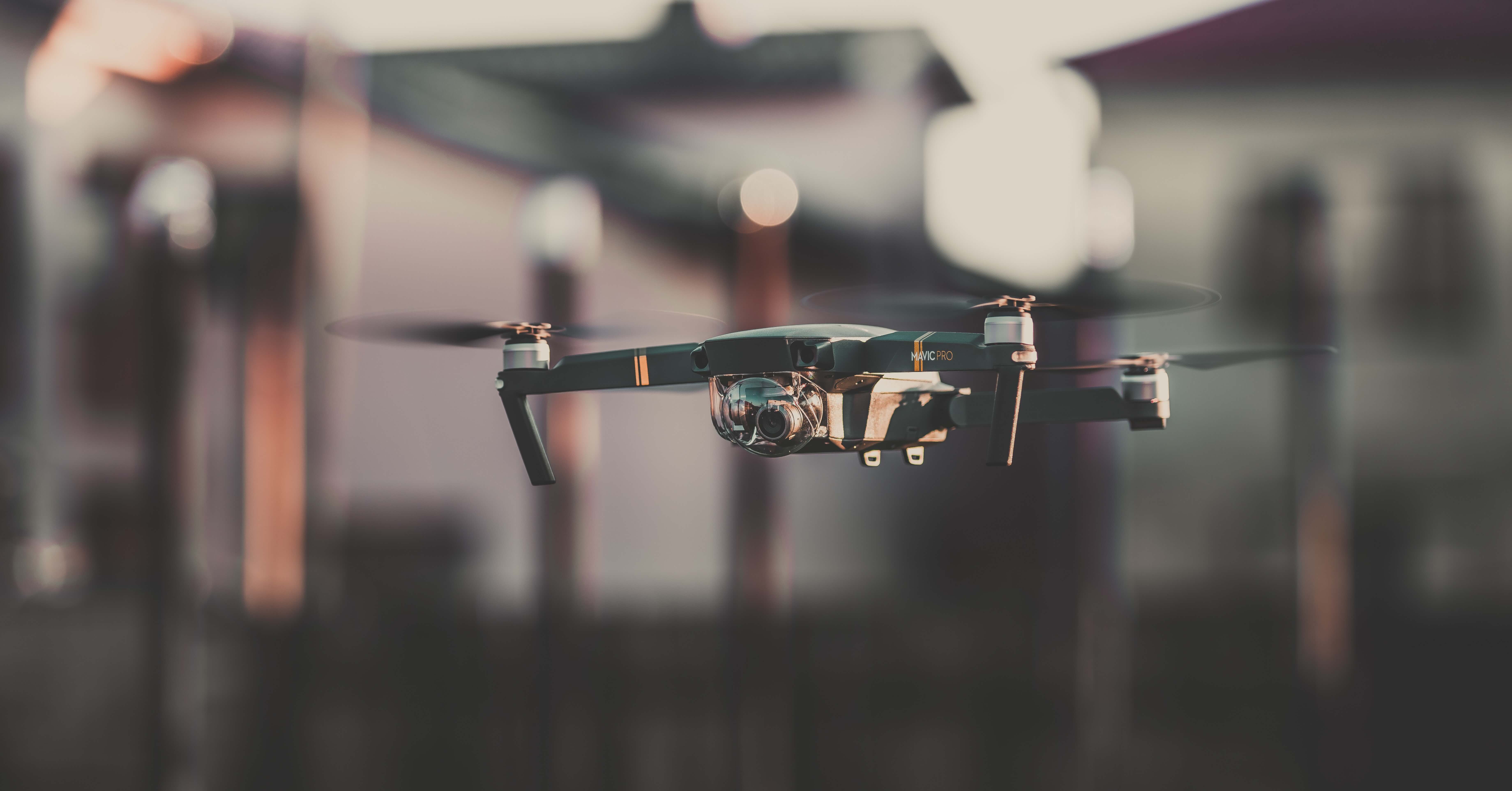
What Is A Toothpick Drone ?
A toothpick drone refers to a specific type of lightweight, micro-sized quadcopter that is built for high-performance and agility. It is named "toothpick" due to its ultra-thin, lightweight frame that resembles a toothpick in shape and size.
These drones are typically designed for FPV (First-Person View) racing or freestyle flying, where pilots wear goggles to experience a real-time view from the drone's perspective.
Here are some key features and characteristics of toothpick drones:
1. Compact and Lightweight: Toothpick drones are known for their compact size and lightweight design. They are usually smaller than traditional FPV racing drones, with frames ranging from 2.5 to 3 inches diagonally. This compact size and reduced weight enable them to be highly maneuverable and agile during flight.
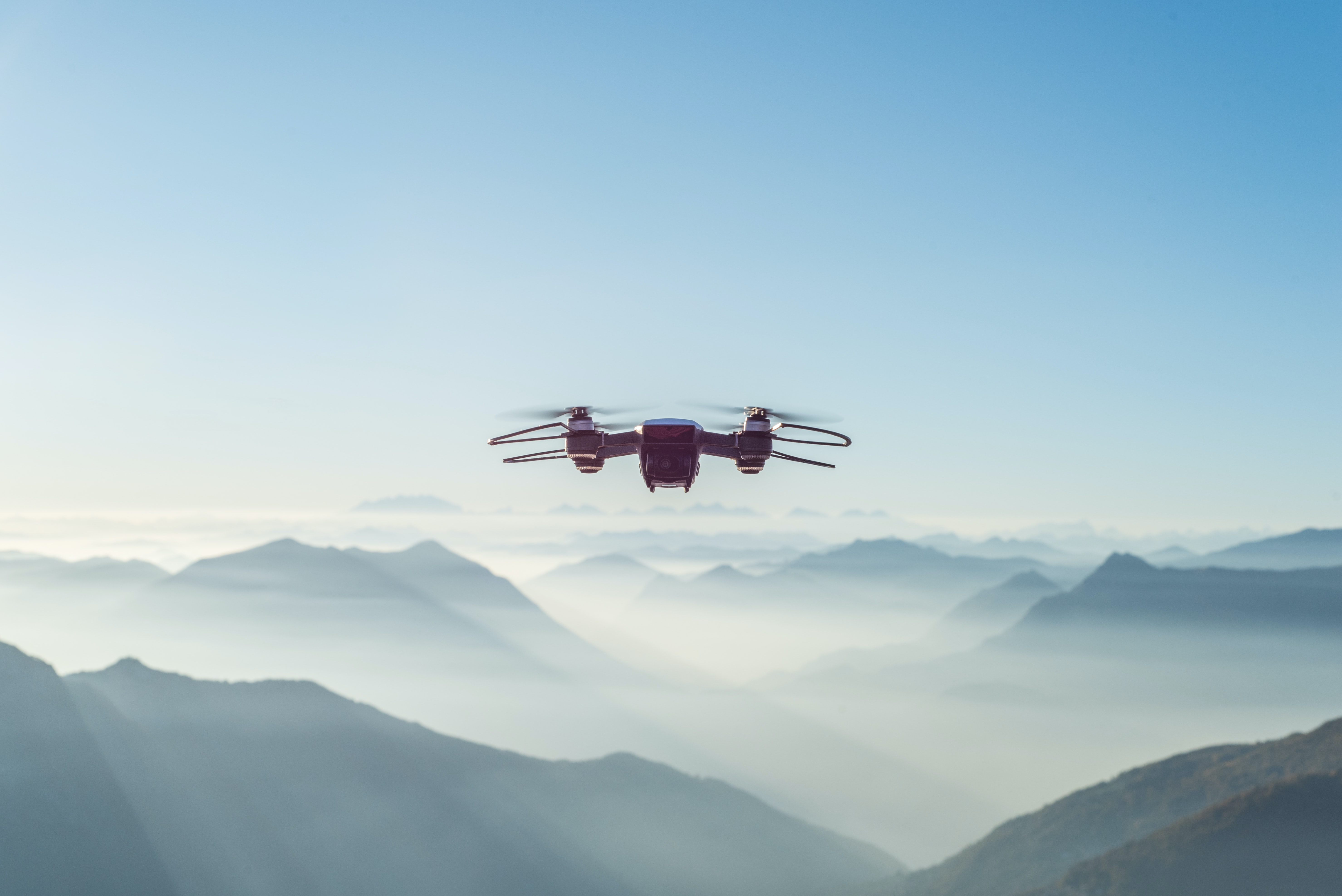
2. Durable Frame: Toothpick drones often feature a frame made of carbon fiber or other lightweight materials. The frame is designed to be strong and durable, able to withstand crashes and impacts without breaking easily. This allows pilots to push the limits and perform high-speed maneuvers without worrying too much about damaging the drone.
3. High-Performance Electronics: Toothpick drones typically employ high-performance electronics, including powerful brushless motors, high-speed flight standard, and ESCs (Electronic Speed Standard). These components contribute to the drone's quick acceleration, responsive standard, and the ability to execute intricate maneuvers.

4. FPV Capability: Toothpick drones are commonly equipped with FPV systems, including a small camera and video transmitter. This enables pilots to have a real-time video feed transmitted to their FPV goggles or monitor, providing an immersive flying experience. FPV flying allows pilots to navigate tight spaces, fly through obstacles, and race against other pilots.
5. Customization and DIY: Toothpick drones are often popular among DIY enthusiasts and tinkerers due to their modular design. Many toothpick drone frames and components are compatible with various standard electronics, giving pilots the flexibility to customize and upgrade their drones according to their preferences.

It's important to note that toothpick drones are typically designed for experienced pilots who have a good understanding of FPV flying and drone assembly. They are not recommended for beginners due to their high speed, agility, and the skill level required to operate them effectively.
When considering purchasing or building a toothpick drone, it's essential to carefully select compatible components, ensure proper balance and weight distribution, and follow safe flying practices to maximize performance and enjoyment.
What Is A Hummingbird Drone ?
A hummingbird drone is a small-sized unmanned aerial vehicle (UAV) that is designed to mimic the flight characteristics of a hummingbird.
These drones are inspired by the unique flight capabilities of hummingbirds, which are known for their exceptional hovering and maneuvering abilities. Hummingbird drones are often used in research, surveillance, and nature observation applications.
Here are some key features and characteristics of hummingbird drones:
1. Size and Appearance: Hummingbird drones are typically designed to replicate the size and appearance of actual hummingbirds. They are often small, lightweight, and compact, with a body structure resembling that of a real hummingbird. The wings of these drones are usually flexible and flapping, imitating the wing movements of a hummingbird during flight.
2. Flapping Wing Mechanism: One of the distinguishing features of hummingbird drones is their flapping wing mechanism. The wings are attached to the drone's body using hinges or other flexible mechanisms, allowing them to move up and down rapidly to generate lift and propulsion. The wing motion is usually powered by miniature motors or actuators.

3. Hovering and Maneuverability: Hummingbird drones are designed to replicate the hovering and maneuvering capabilities of real hummingbirds. They can hover in place, fly in any direction (including backward and sideways), and perform agile maneuvers such as quick turns and dives. This level of maneuverability enables them to navigate tight spaces and access hard-to-reach areas.
4. Lightweight Construction: Hummingbird drones are typically constructed using lightweight materials such as carbon fiber or lightweight composites. The use of lightweight materials ensures that the drones can achieve the necessary lift and maneuverability while minimizing energy consumption.
5. Research and Surveillance Applications: Hummingbird drones have various applications in research and surveillance. They can be used for studying hummingbird behavior, ecology, and flight mechanics. Additionally, their small size and ability to hover make them suitable for surveillance and reconnaissance in areas where larger drones may be impractical or conspicuous.
It's important to note that the development and use of hummingbird drones are primarily in the research and experimental stage. While there have been successful demonstrations of hummingbird-inspired drone prototypes, widespread commercial availability of hummingbird drones for consumer or industrial use is limited at present.
Can You Launch A Drone From Your Palm?
Yes, it is possible to launch a drone from your hand, depending on the size and design of the drone. Launching a drone from your palm can be a convenient and safe method, especially in situations where there is limited space for takeoff or when launching from uneven or challenging terrain.
However, it's important to consider safety precautions and follow proper procedures when launching a drone from your hand. Here's a detailed explanation of launching a drone from your hand:
1. Size and Design: Smaller drones, such as mini or micro-sized drones, are more suitable for launching from your hand. These drones are typically lightweight and compact, making them easier to handle and launch safely.
2. Preparation: Before launching the drone, ensure that it is properly calibrated, powered on, and ready for flight. Check that the drone's propellers are in good condition and securely attached. Also, ensure that any safety features, such as altitude hold or obstacle avoidance, are activated if available.
3. Grip and palm Positioning: Hold the drone firmly but gently with one hand, ensuring that your fingers are away from the propellers. Position your palm in a way that allows the drone to have enough clearance for takeoff without interfering with your fingers or any obstacles around you.
4. Arm Motion: Once you are ready, initiate the drone's takeoff sequence according to the manufacturer's instructions. This may involve pressing a button or using a standard gesture or command. The drone's motors will start spinning, and it will ascend from your hand.
5. Release and Flight Standard: When the drone reaches a safe altitude, gently release it from your hand, allowing it to fly freely. Take standard of the drone using the provided remote standard or other standard method to maneuver and standard its flight.
It's crucial to prioritize safety when launching a drone from your hand. Here are a few safety considerations:
• Ensure that the area around you is clear of people, objects, or obstacles that may interfere with the drone's flight or pose a safety risk.
• Keep your palm away from the drone's propellers to avoid any potential injury.
• Be mindful of the drone's weight and power. Larger or more powerful drones may not be suitable for palm launching due to the risk of injury or instability.
• Familiarize yourself with the specific instructions and guidelines provided by the drone manufacturer regarding palm launching and safe operation.
Always follow local regulations and guidelines for drone operation, as they may vary depending on your location. Additionally, it's recommended to practice palm launching in open, safe environments before attempting it in more challenging or confined spaces.
Is It Illegal To Fly Drones Around Someone's House ?
The legality of flying drones around someone's house can vary depending on several factors, including the jurisdiction, local regulations, and specific circumstances.
It's important to note that drone laws and regulations differ from country to country and even from state to state within a country.
Therefore, it's crucial to familiarize yourself with the laws and regulations specific to your location. However, I can provide some general information on this topic.
1. Privacy Considerations: Flying a drone around someone's house may raise privacy concerns. Privacy laws and regulations generally protect individuals' privacy within their own properties. If the drone is capturing images or videos of individuals or their properties without their consent in a way that infringes their reasonable expectation of privacy, it may violate privacy laws. These laws typically aim to strike a balance between the rights of drone operators and the privacy rights of individuals.
2. No-fly Zones and Restricted Areas: In many jurisdictions, there are designated no-fly zones or restricted areas where drones are not permitted to fly, regardless of whether it is around someone's house or not. These areas may include airports, military installations, government buildings, and other sensitive locations. Violating these restrictions can result in fines or legal consequences.
3. Distance and Altitude Restrictions: Some jurisdictions have specific rules regarding the minimum distance and altitude that drones must maintain from people and property. These rules are in place to ensure the safety of individuals on the ground and to avoid potential damage or disturbance caused by drones. Violating these rules may result in penalties or legal consequences.
4. Trespassing Laws: Flying a drone around someone's house may also raise concerns regarding trespassing laws. If you fly the drone on someone's property without permission, it could be considered trespassing, regardless of whether it's a drone or any other activity. Trespassing laws can vary, so it's important to understand the specific regulations in your jurisdiction.
To ensure you are flying drones legally and responsibly, consider the following:
a. Research and Understand Local Regulations: Familiarize yourself with the drone laws, regulations, and guidelines specific to your jurisdiction. This includes understanding any restrictions on flying near residential areas, privacy considerations, and no-fly zones.
b. Obtain Consent: If you plan to fly a drone near someone's house, it's advisable to obtain permission or consent from the property owner or residents to ensure you are respecting their privacy rights.
c. Fly Responsibly: Follow best practices for safe and responsible drone operation, such as maintaining a safe distance from people and property, avoiding sensitive areas, and adhering to altitude and distance restrictions.
d. Stay Informed: Keep yourself updated on any changes in drone regulations or local policies that may impact your drone flying activities.
Remember that the information provided here is general, and it's crucial to consult the specific laws and regulations applicable to your location for accurate and up-to-date information regarding drone operations around someone's house.
For more information click Autonomous Flight